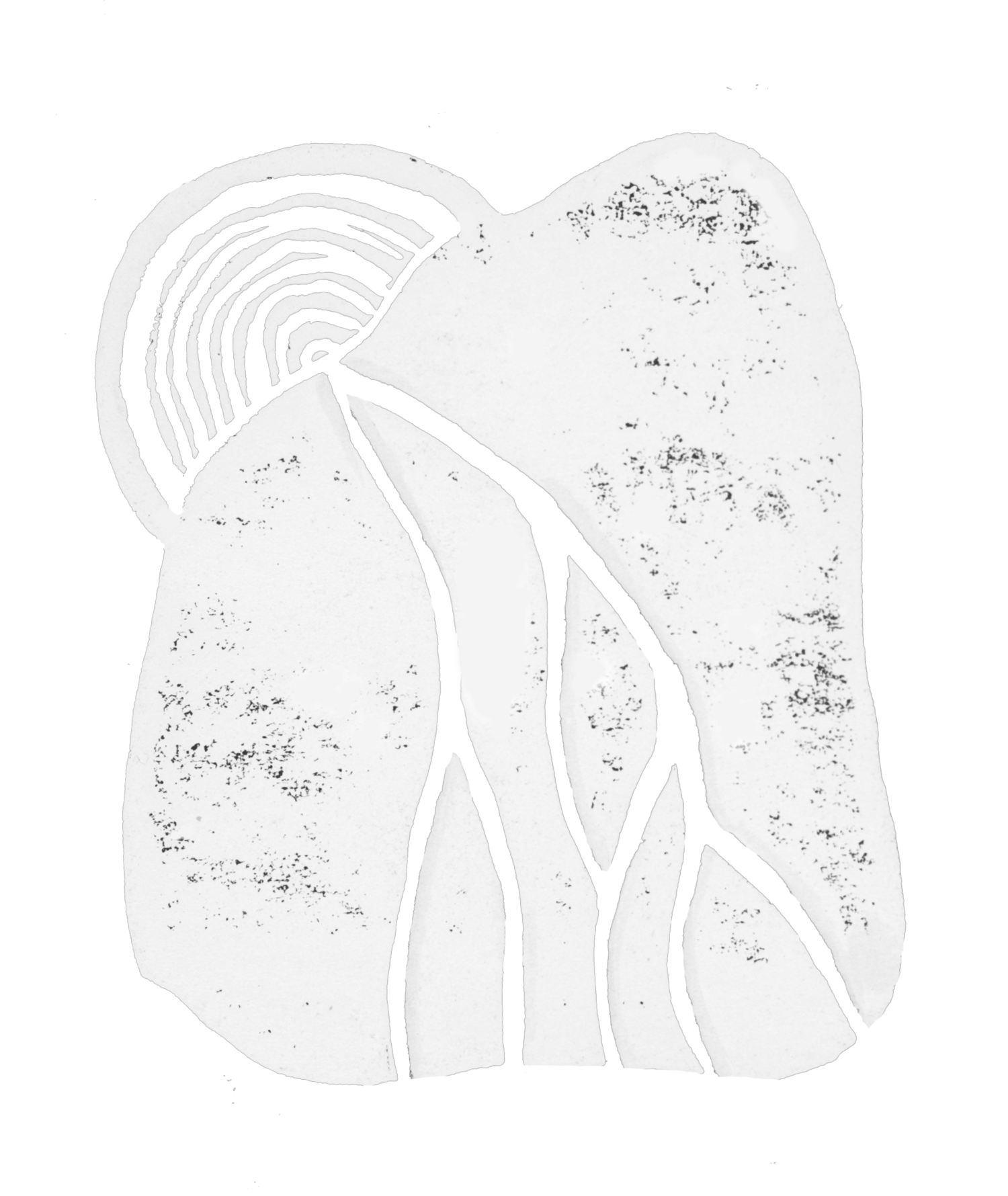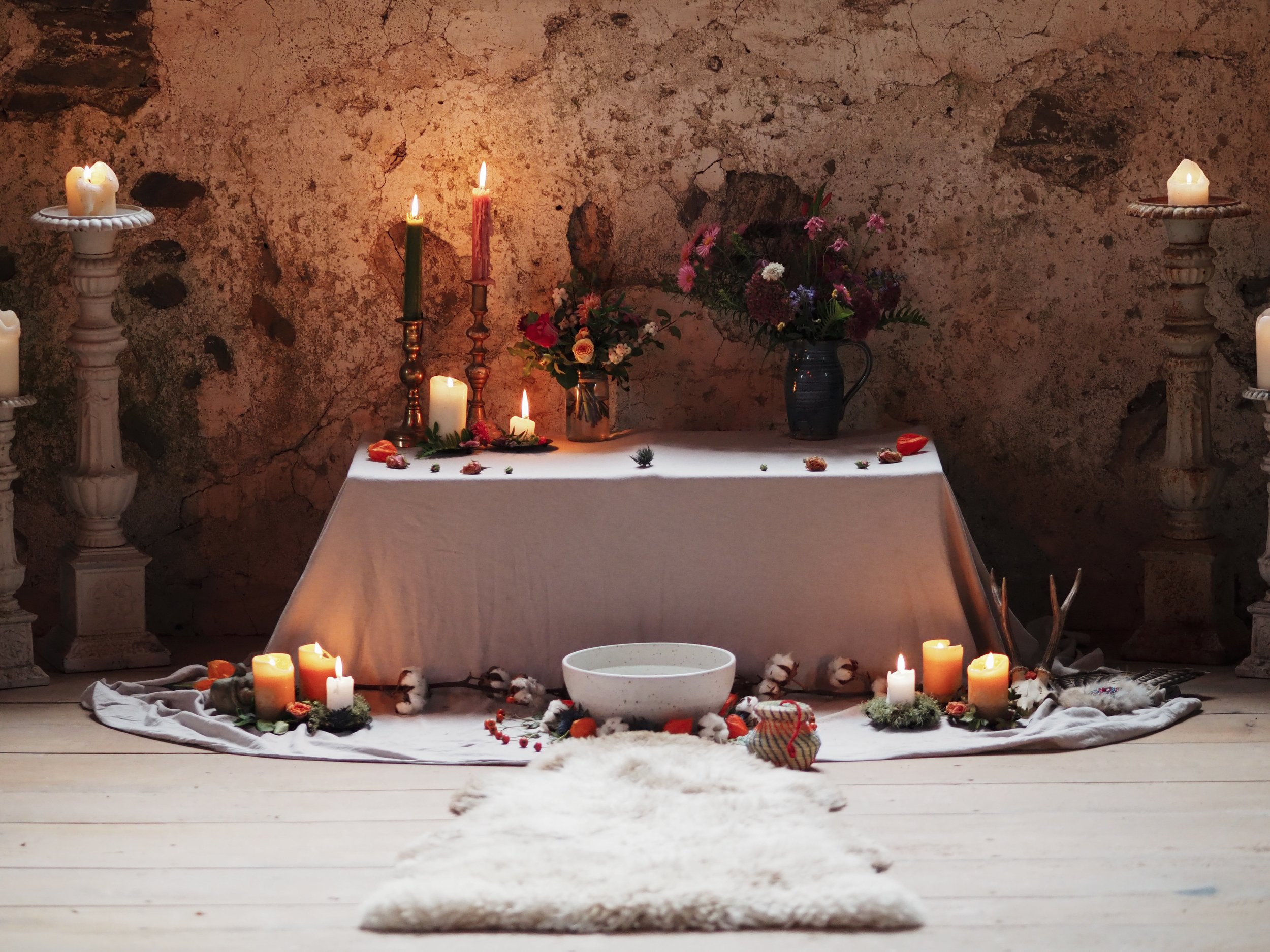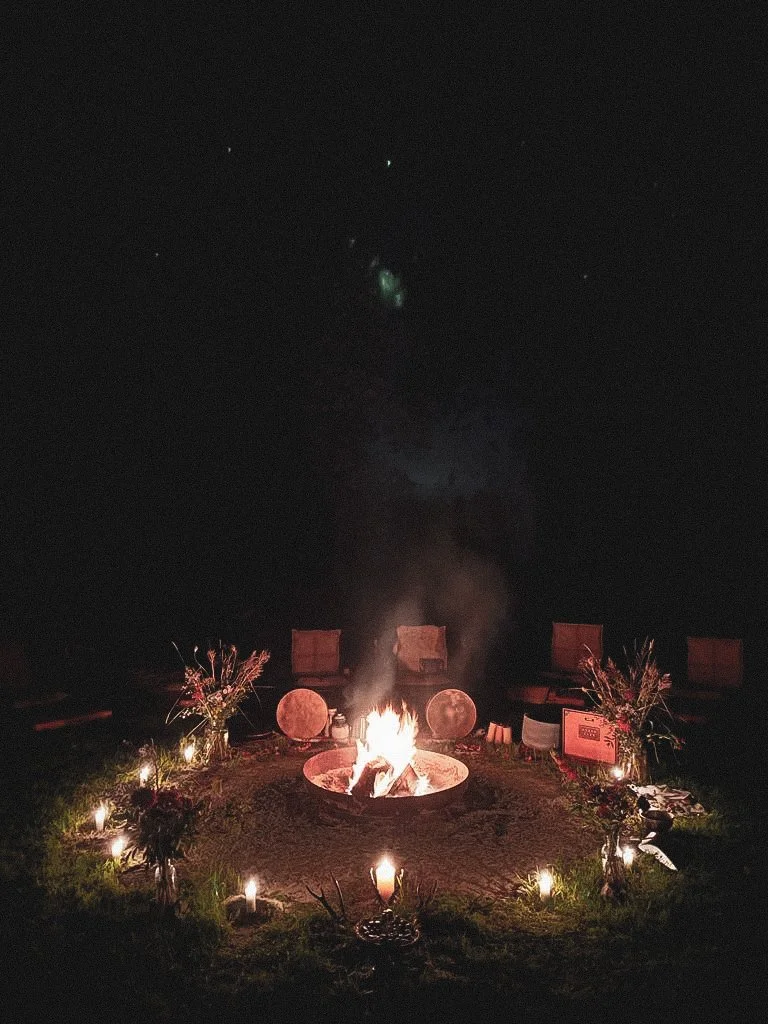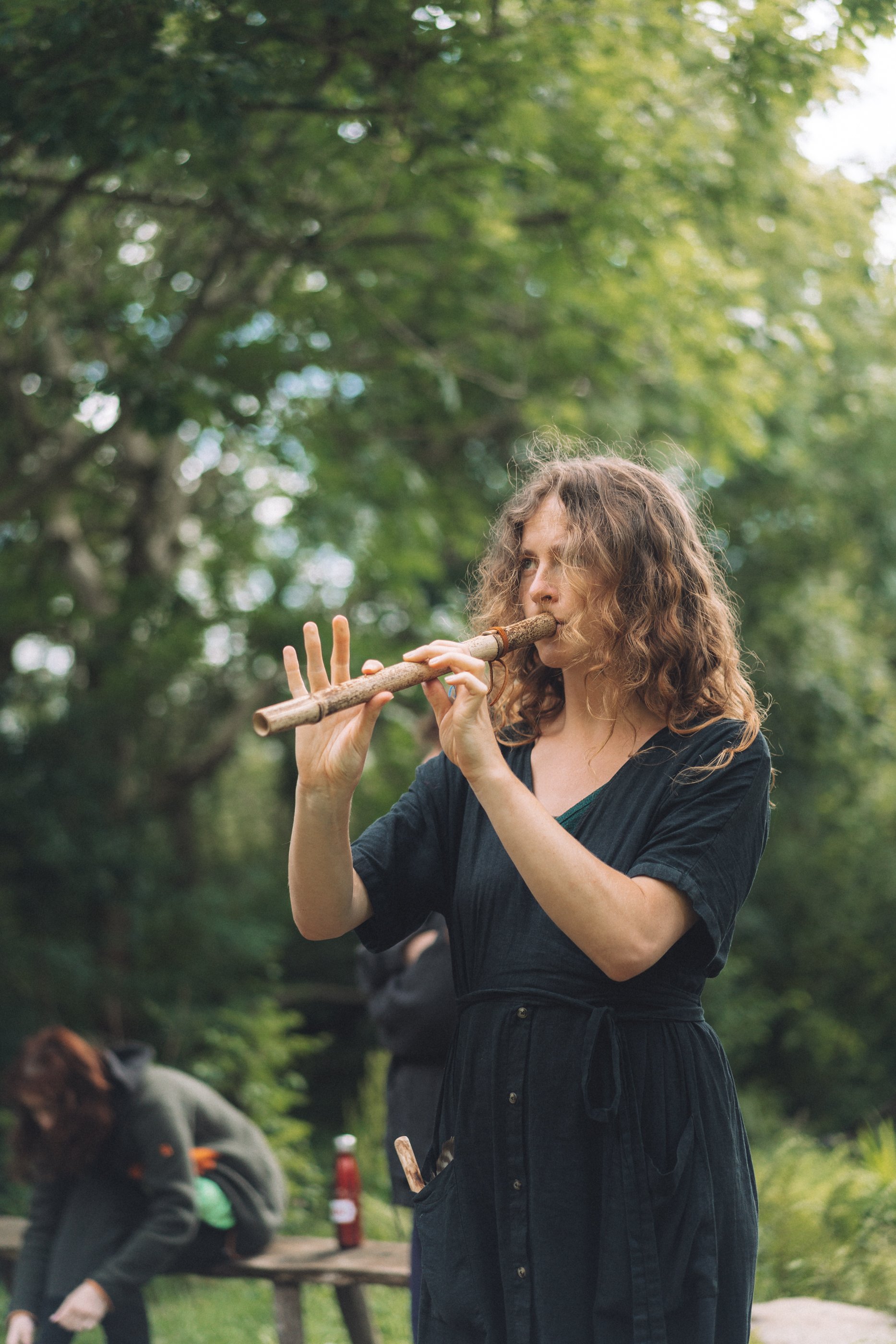
column
Reflections on Animism and Paganism
Words by MIGJEN HASANI
This column offers reflections following Dr Andy Letcher’s podcast with us.
Animism, as Dr Andy Letcher describes on our podcast, begins with a shift in attention - a willingness to see the world as alive and “filled with persons, only some of whom are human.” This perspective, which has long roots in our shared indigenous traditions, stands in direct opposition to the Western materialist worldview that reduces the earth and her inhabitants to mere “resources”.
“Animism isn’t about believing everything has a soul,” Andy notes. “It’s about asking, ‘What if the world is alive? What if everything around us has the capacity to communicate, to enter into relationship?”
This is not a metaphorical suggestion but an invitation to reconsider our very mode of being in and of the world.
Such an animistic orientation demands reciprocity. A knowing embedded in intact land-based cultures across the world. As Rooted Healing founder Veronica wrote in a course chapter:
“To belong, we must not only inhabit the land but also let the land inhabit us.”
Belonging is a sensory and relational experience, a “knowing of the land’s form, stories and the more-than-human community.” It is the moss underfoot, the call of birds at dawn, the smell of rain on the soil — all these tangible intimacies that remind us of our place within a vibrant, interconnected web. This is not just about survival but about reweaving a relationship with the land that nurtures both body and spirit.
explore an animate. embodied deep ecology
In this, paganism becomes a powerful complement to animism. Rooted in reverence for cycles, seasons and the sacredness of the earth, pagan traditions offer rituals and practices that reorient us to the rhythms of nature. Andy speaks of rituals as spaces where meaning is co-created, not imposed.
“The best rituals,” he says, “don’t dictate what they mean — they leave space for each participant to bring their own story, their own connection.”
In Deepen Your Roots, this re-inhabitation of place is framed as both an ecological and spiritual act. To know the flora, fauna, geology, waters and thresholds of a place is to come into relationship with them, to become part of their story. Yet this relationship is often obstructed by the constructed narratives of domination and separation that permeate modern culture. Andy critiques these barriers, describing them as the overculture that silences other ways of knowing.
“When we listen,” he says, “not just with our ears but with our whole selves, we start to hear the stories the land has been telling all along.”
This listening, this animistic way of being, is not only cognitively recognising the aliveness of the world but about stepping into an embodied, reciprocal role within it. To belong is to act in service to the land community, to give back as much as we take, or more. It is to embrace what Andy calls a “more generous, more attentive way of being”, one that acknowledges the interdependence of all life.
learn more about our ceremonial gatherings + psychedelic retreats
Despite the frequently homogonised sense of what animism and paganism might be, we are invited to move beyond the confines of universalisms and an individualistic, human-centered worldview. Instead, we are called to inhabit a world alive with relationships, where the boundaries between self and other dissolve. We are invited to become permeable to more than what meets the culturally conditioned eye. As Andy so beautifully puts it:
“Animism isn’t just a belief — it’s a practice. It’s a way of paying attention, of being in the world, that reminds us we are never alone.”
This work of remembering, of re-inhabiting, is slow and ongoing. Yet with each step, we return a little closer to an “interbeing” state of home.
You can listen to Veronica and Andy discuss these themes on the Rooted Healing podcast.
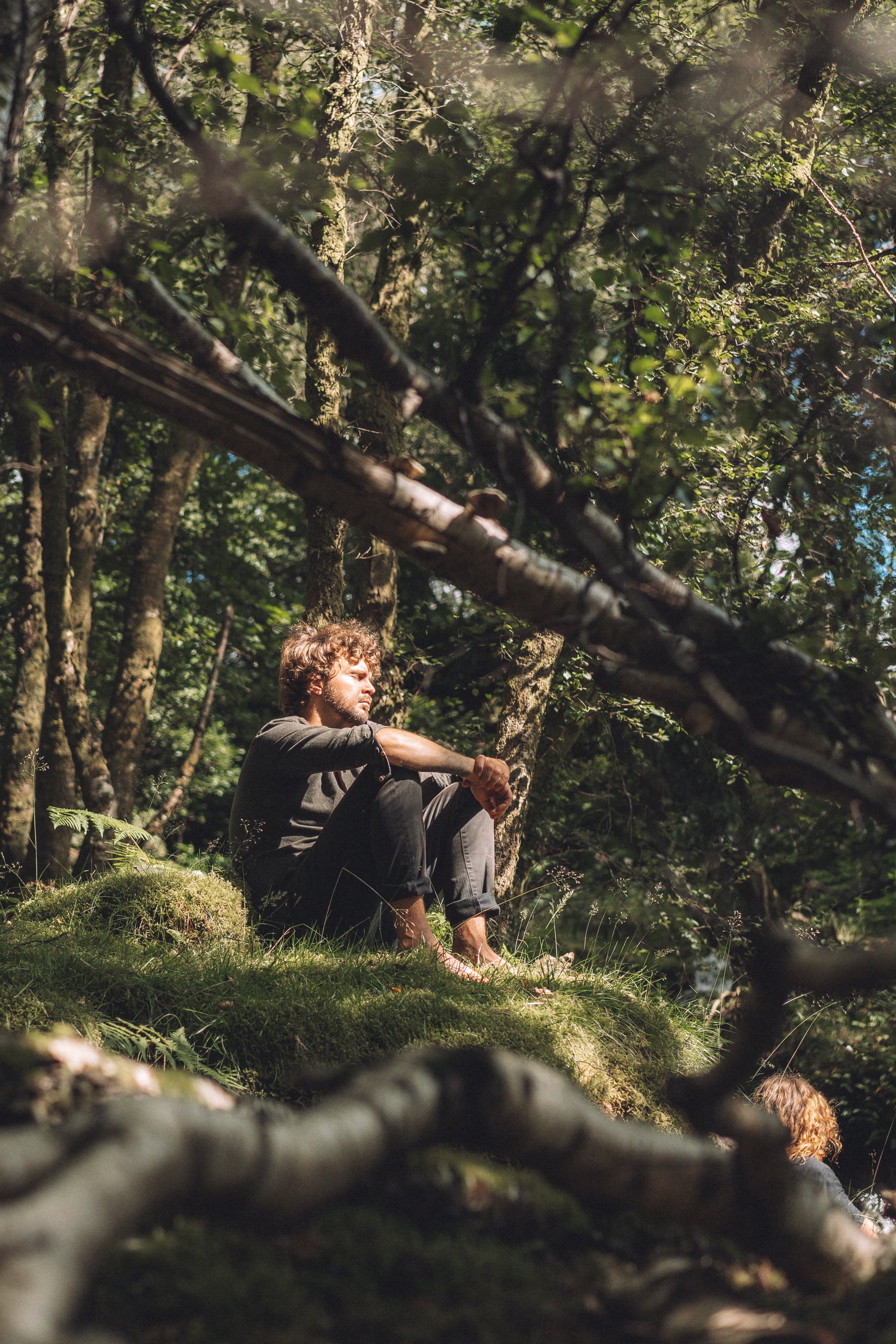
An embodied exploration of belonging and becoming, weaving deep ecology, culture and spirituality.
Save your spot on our pivotal year-long slow study.
more from our journal
